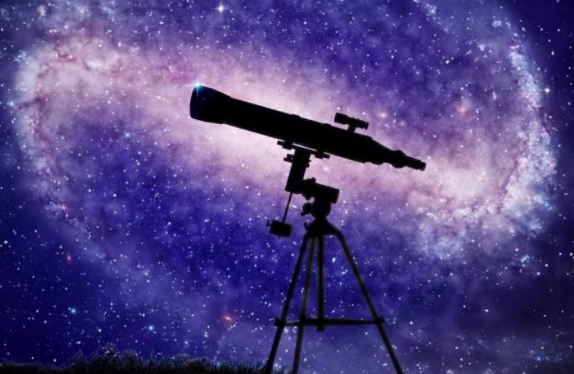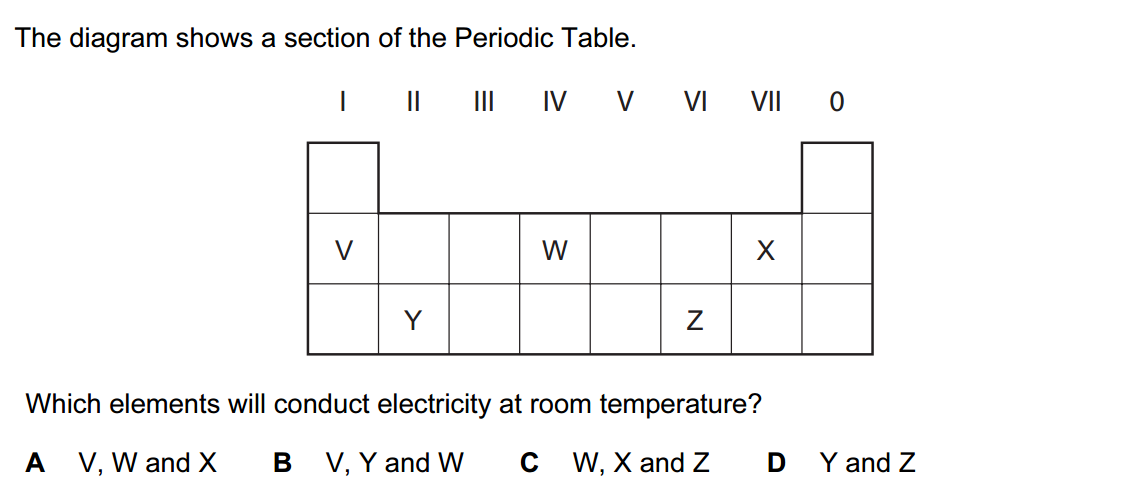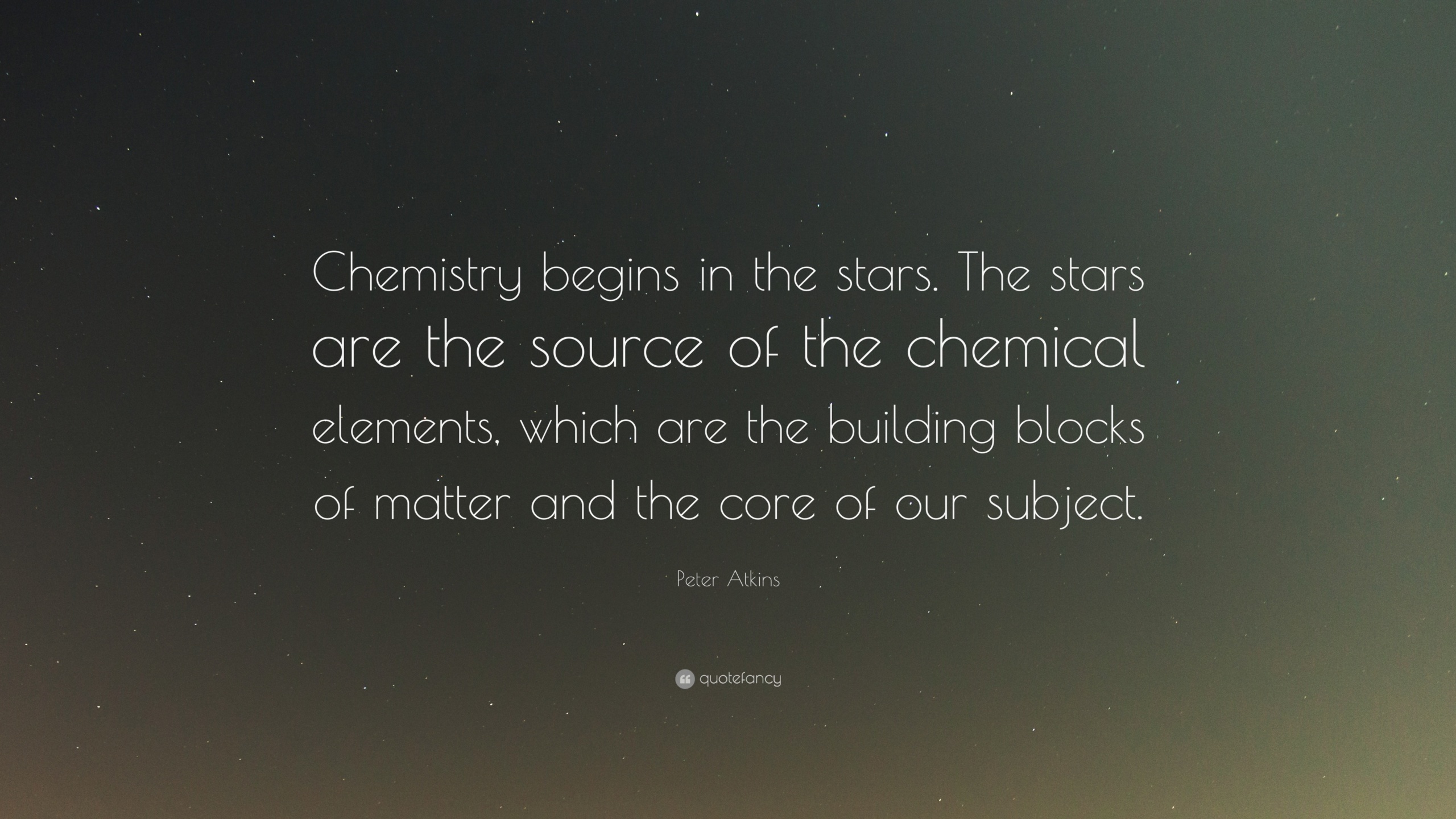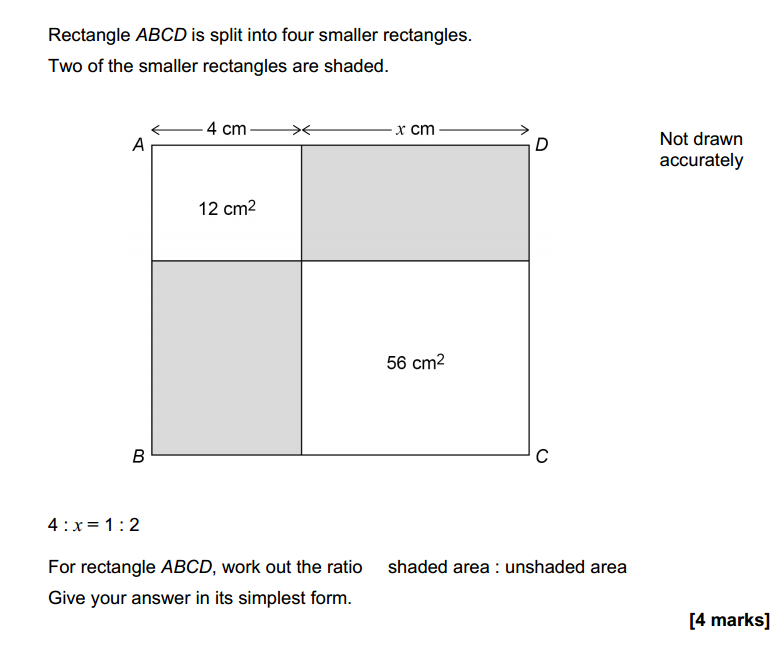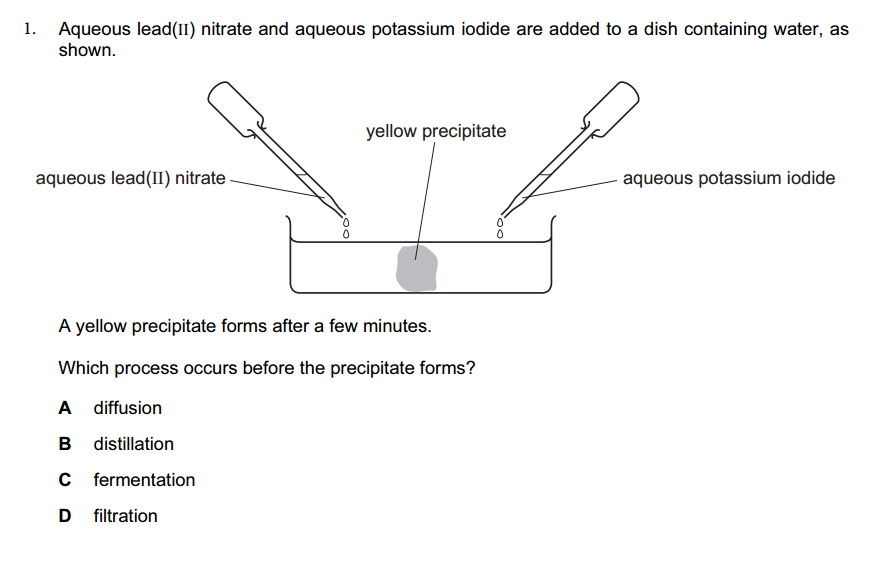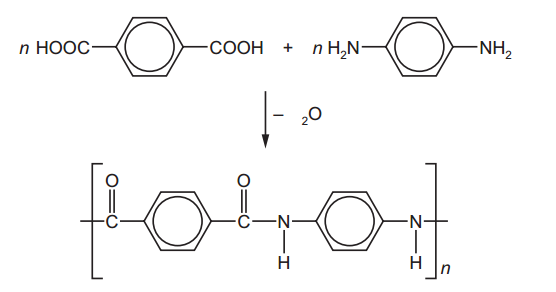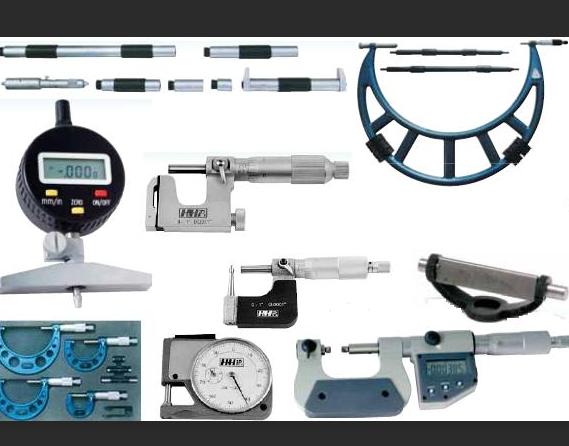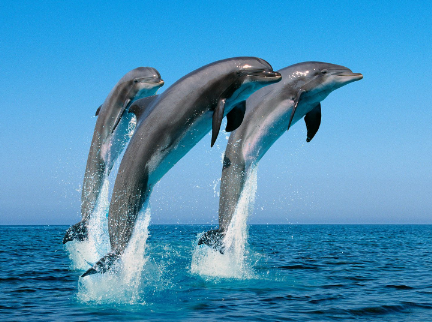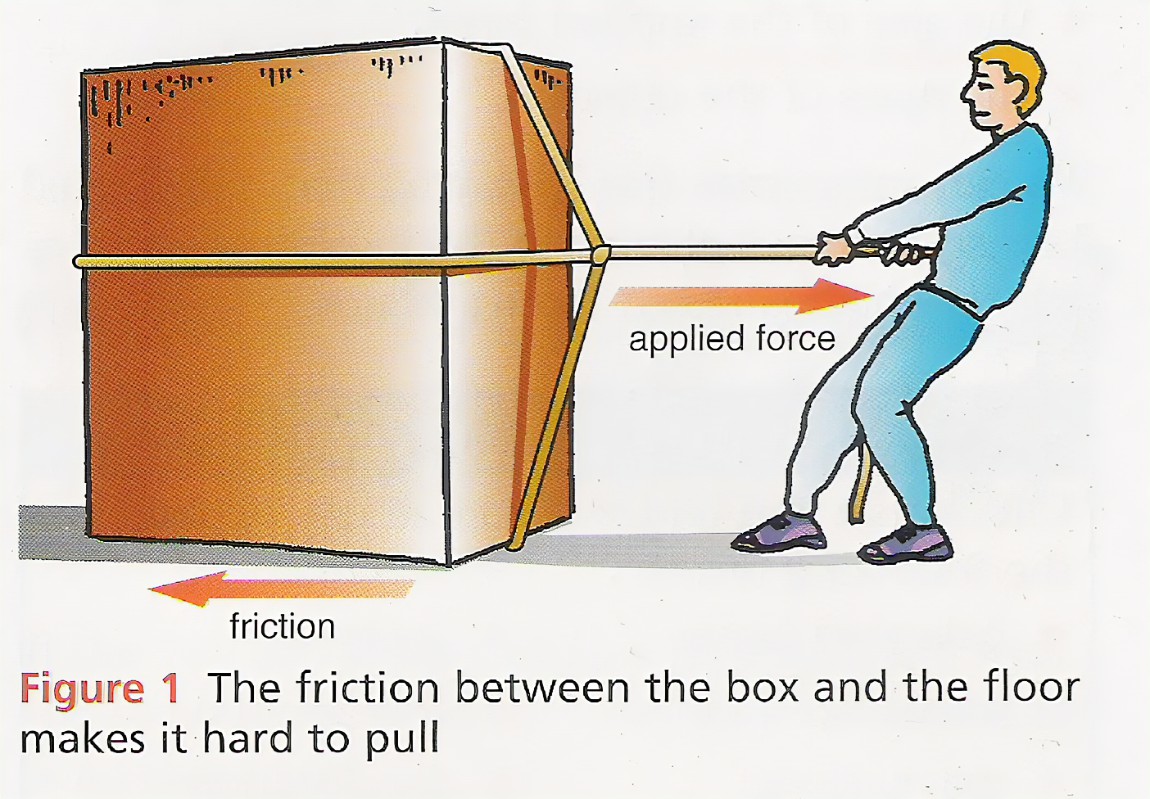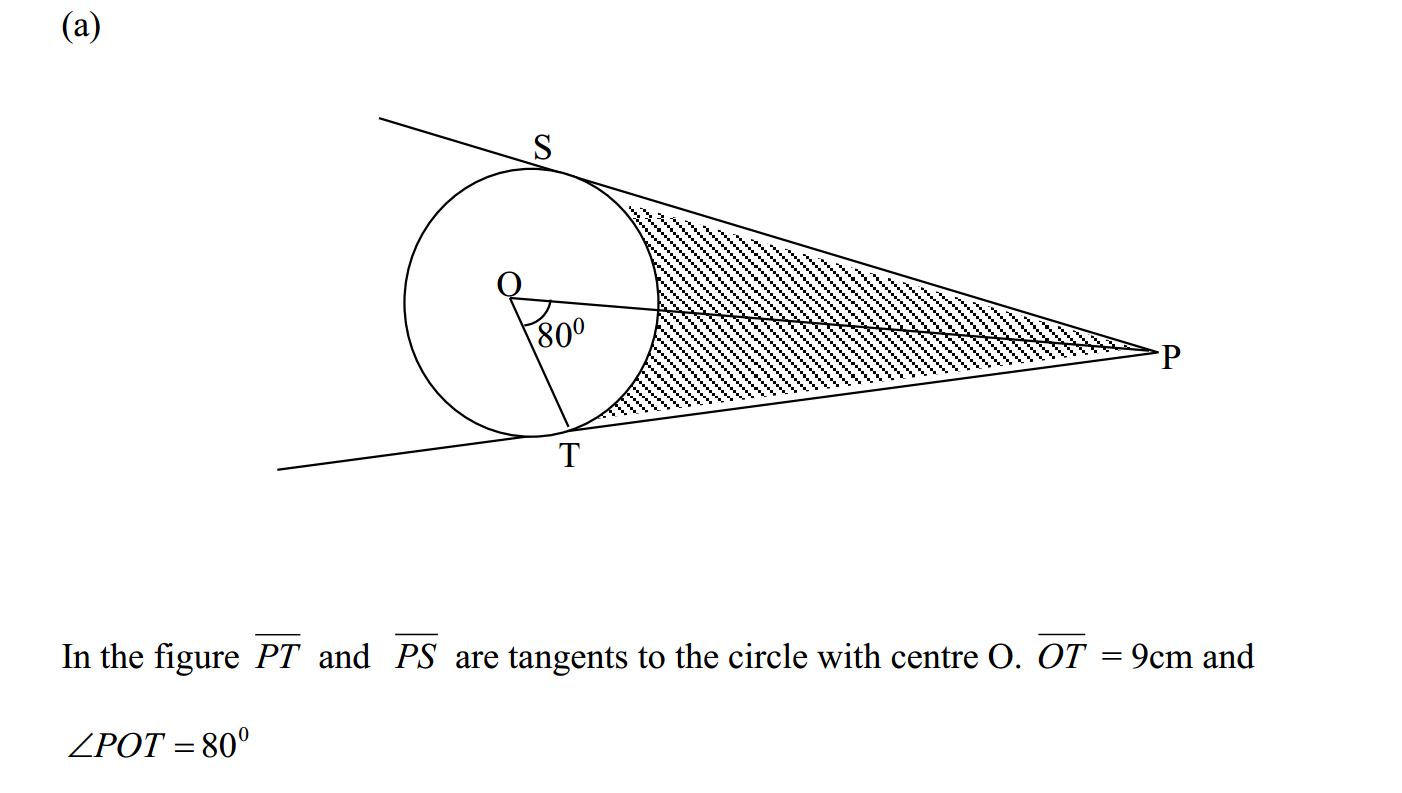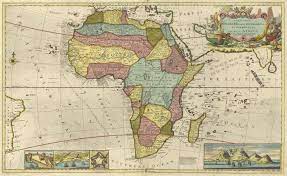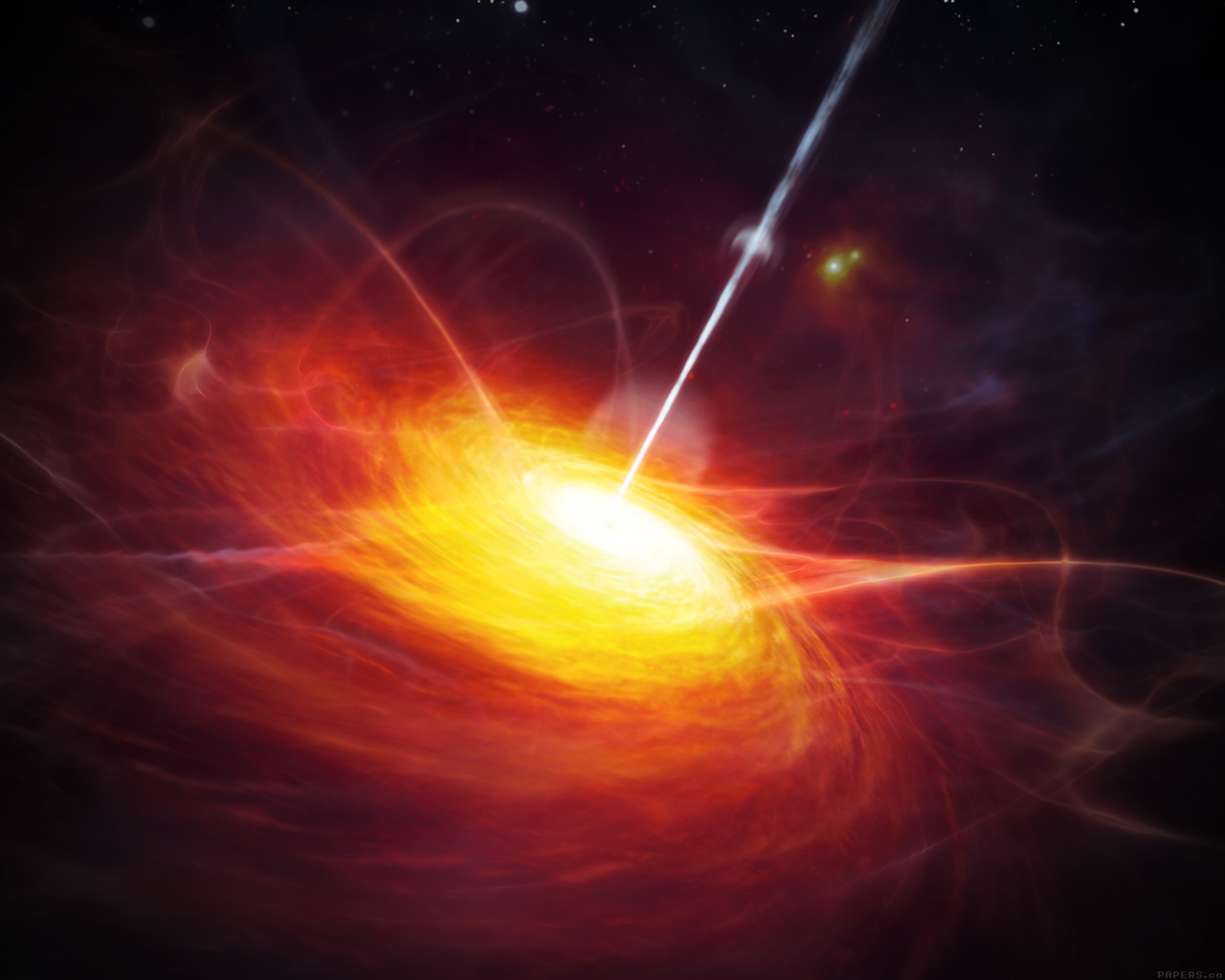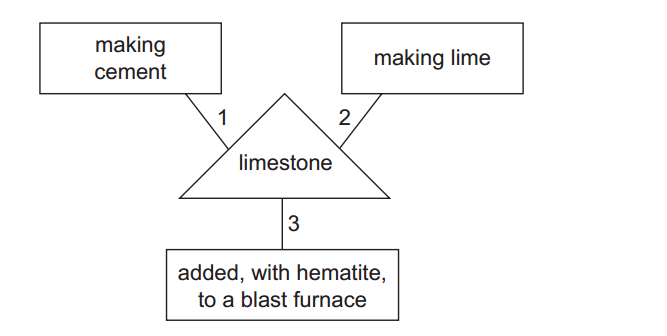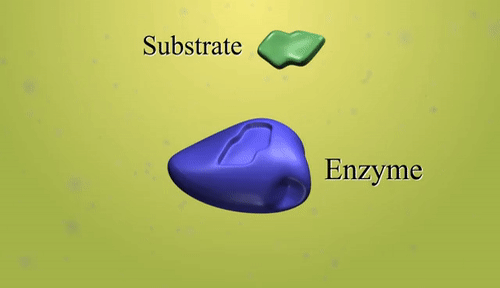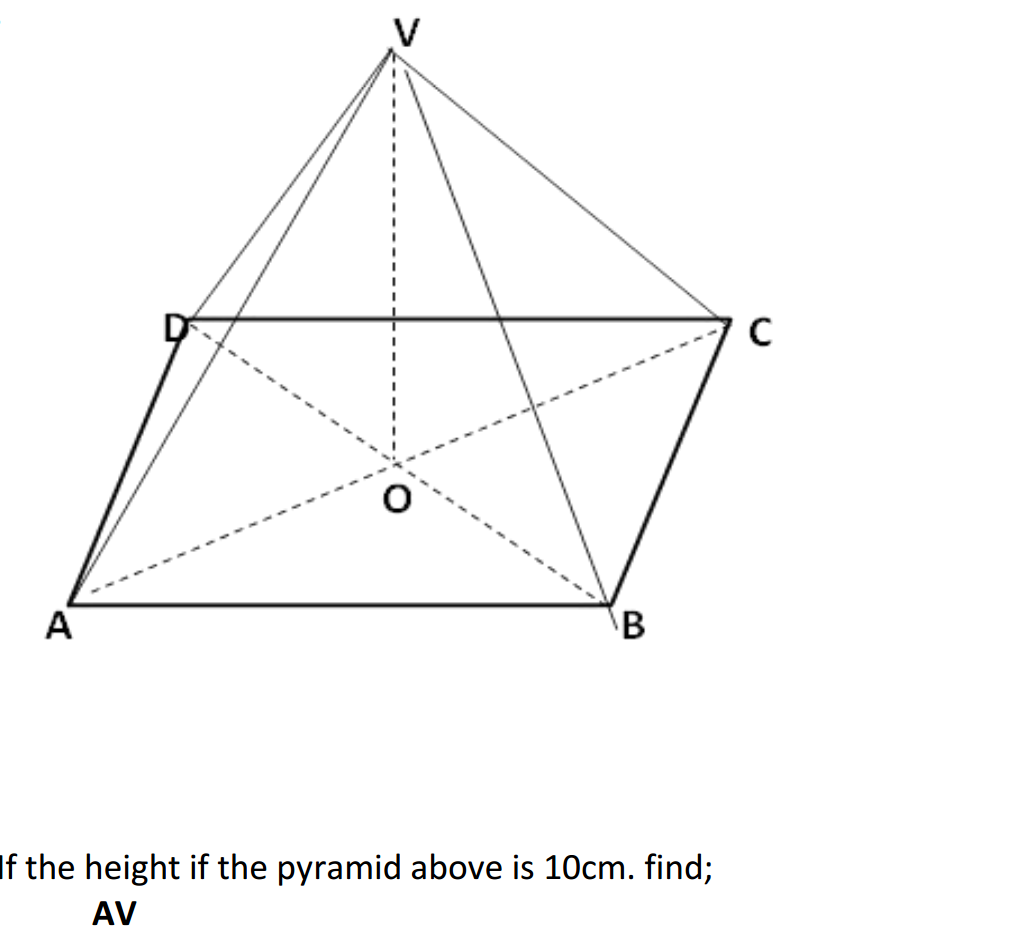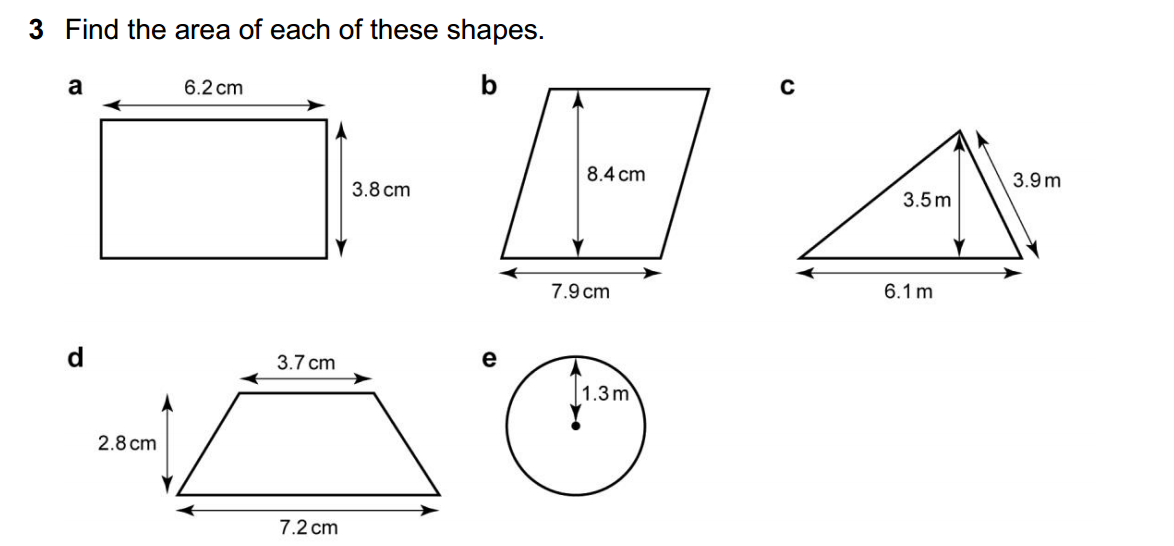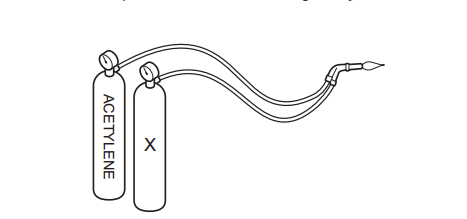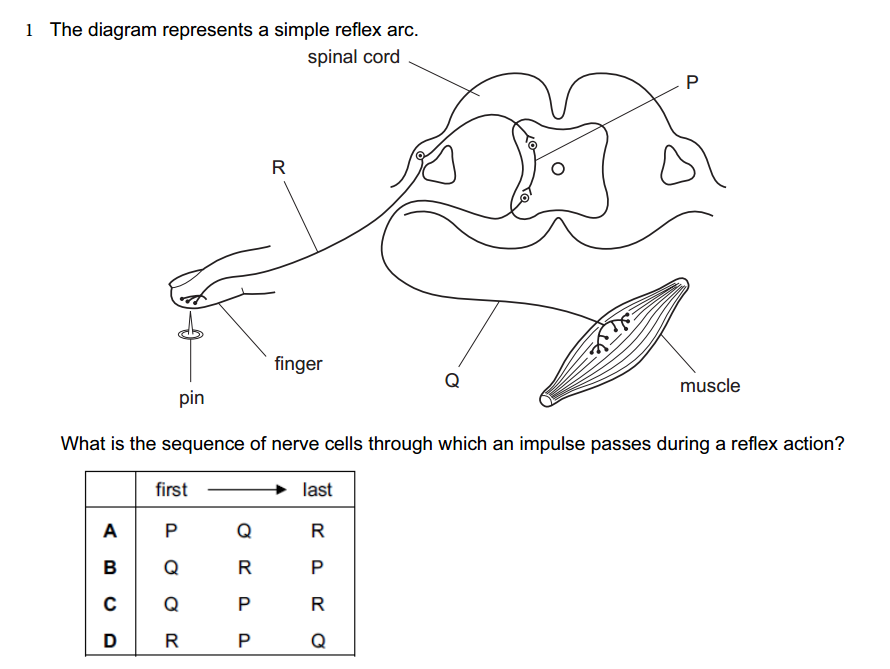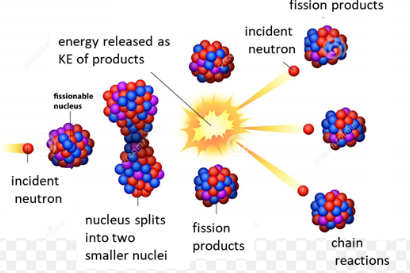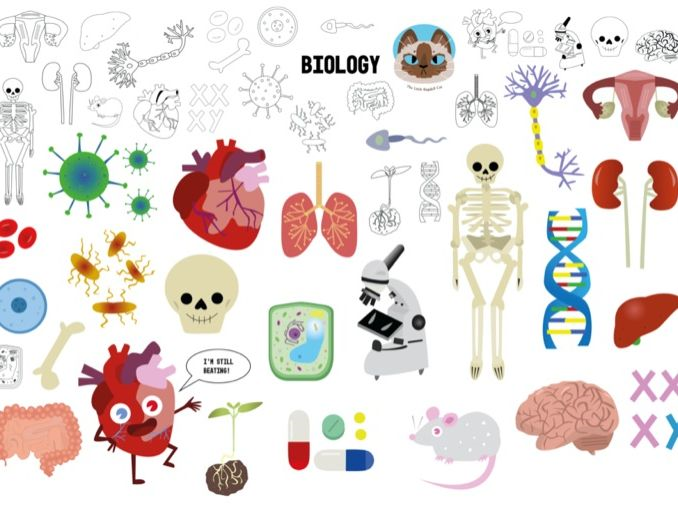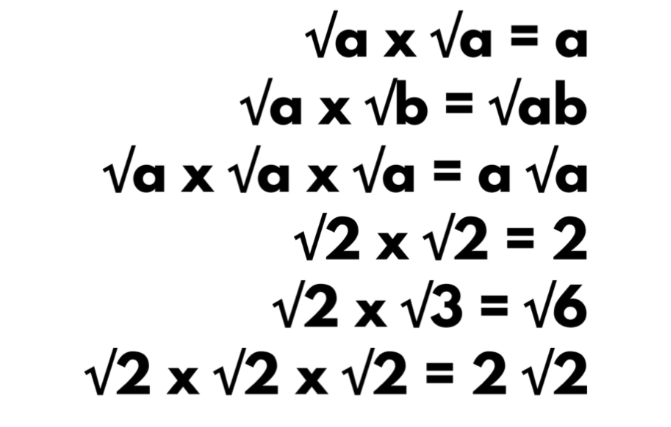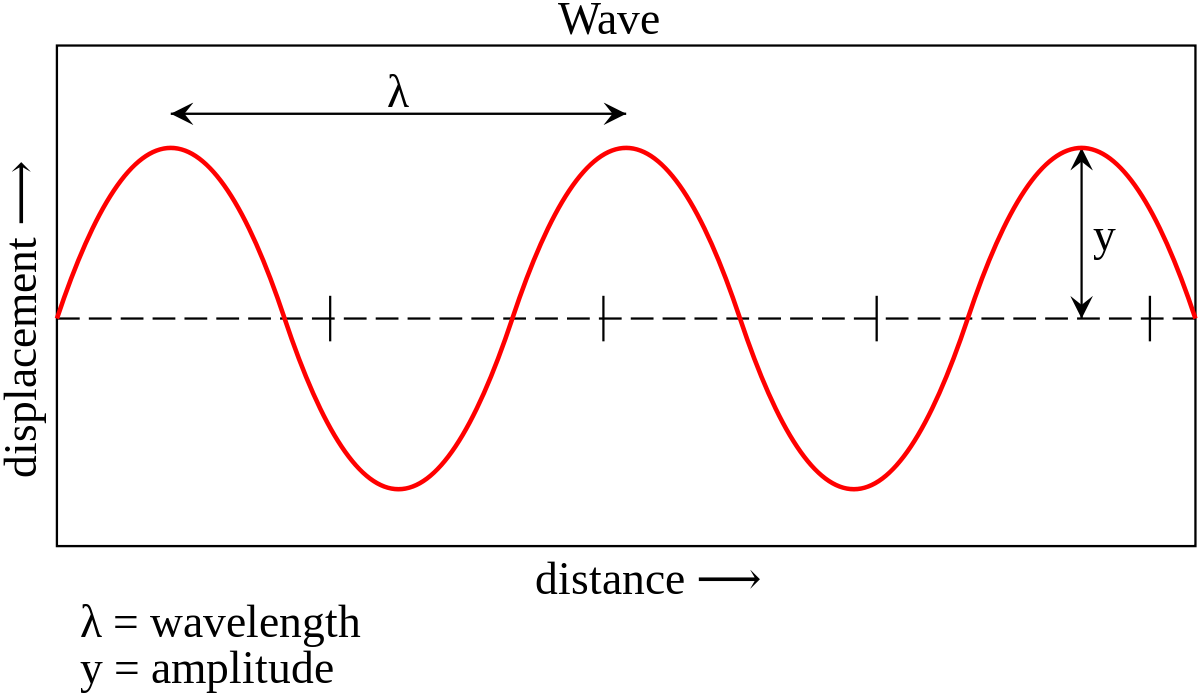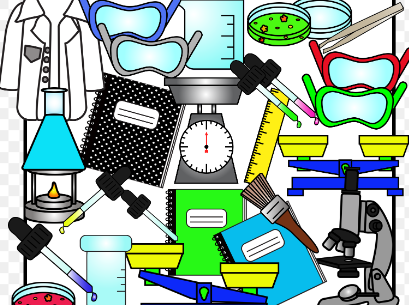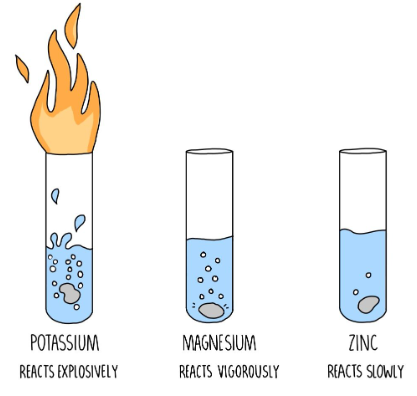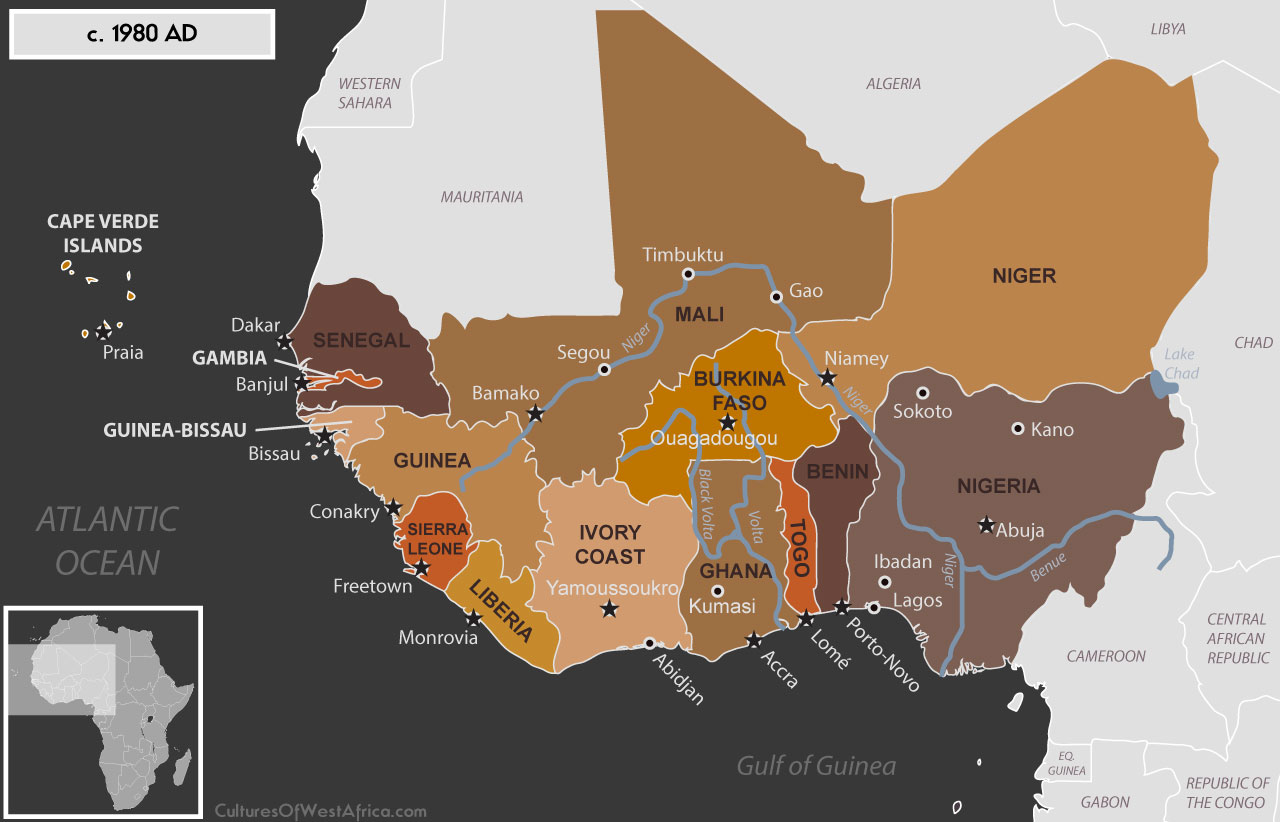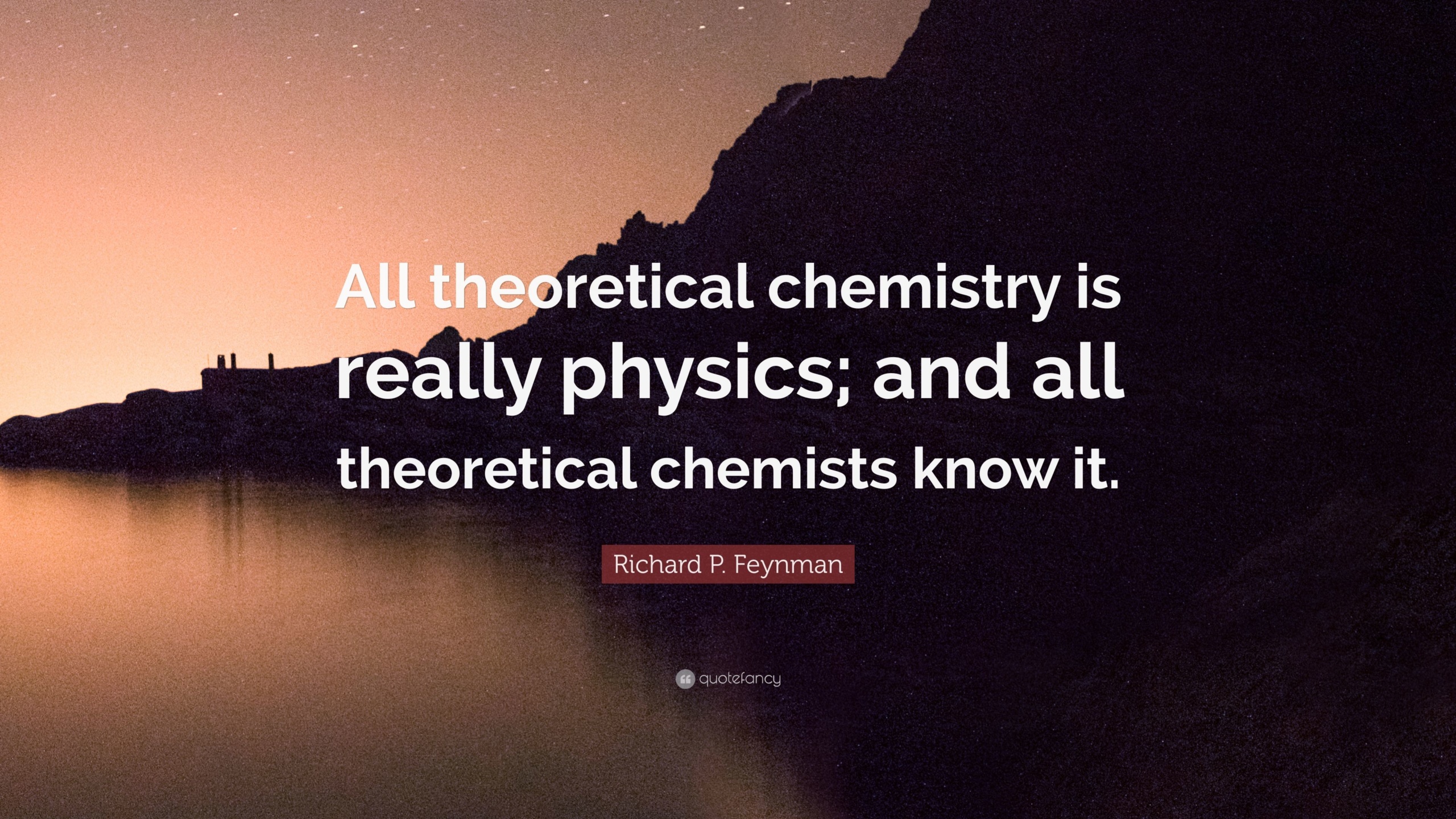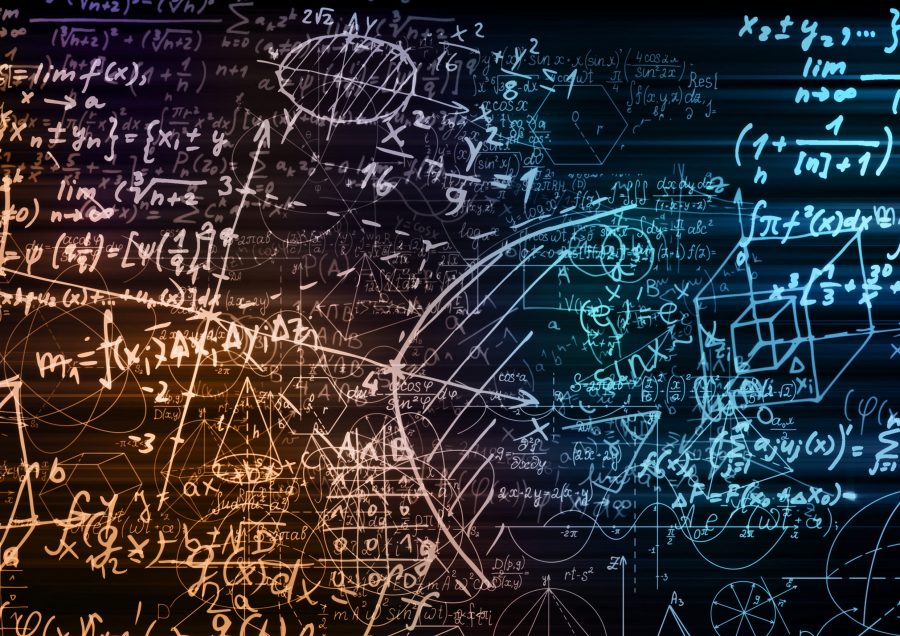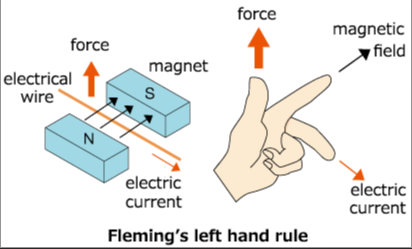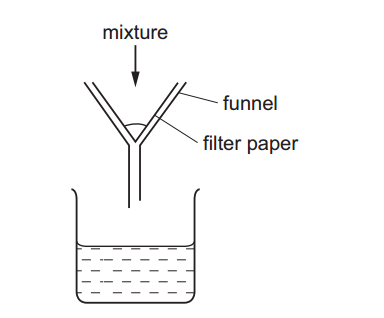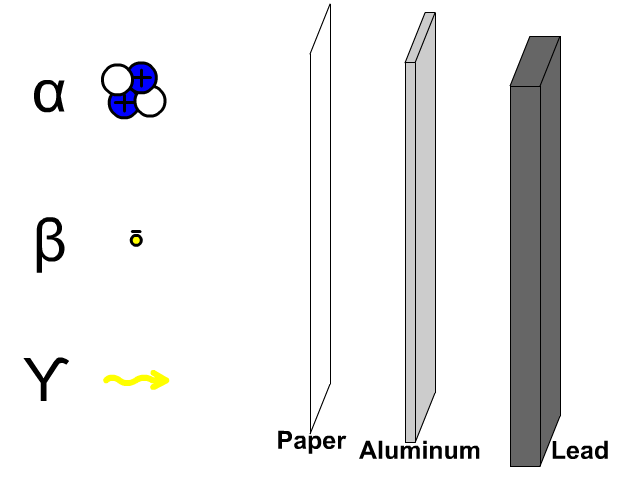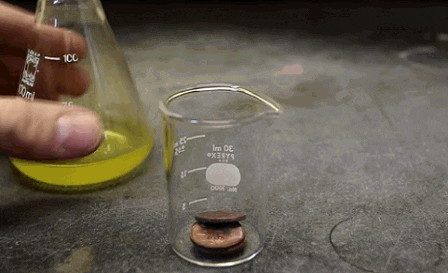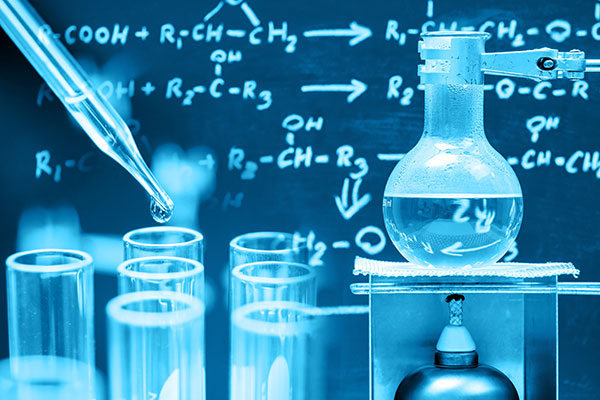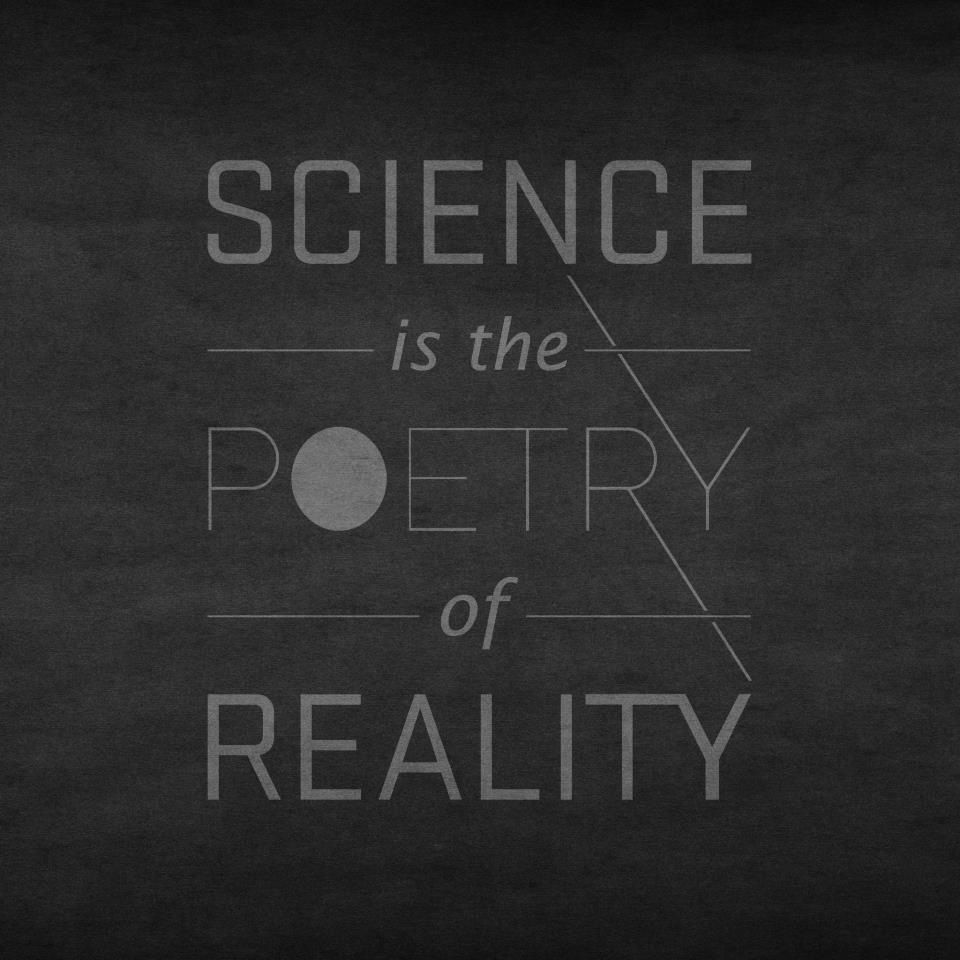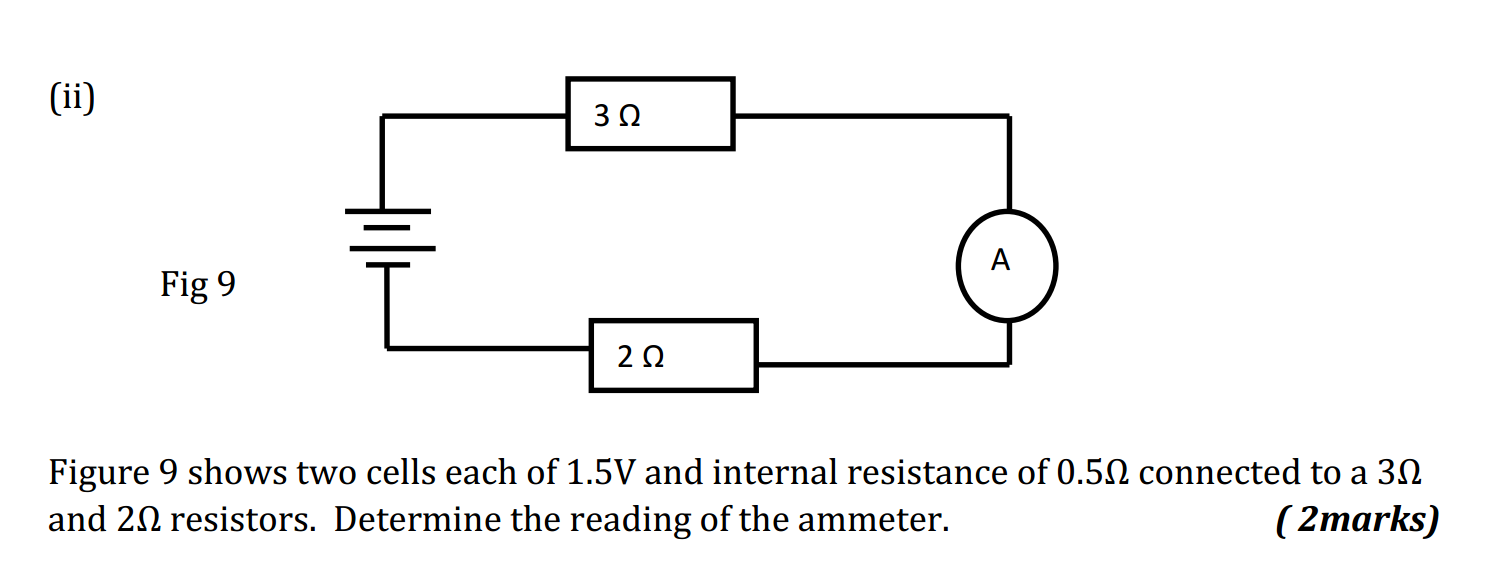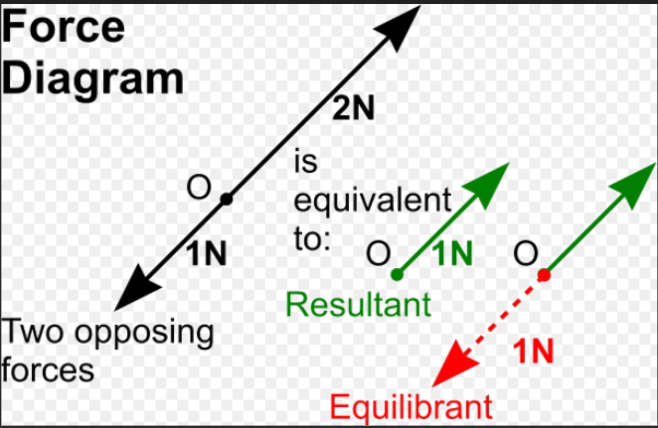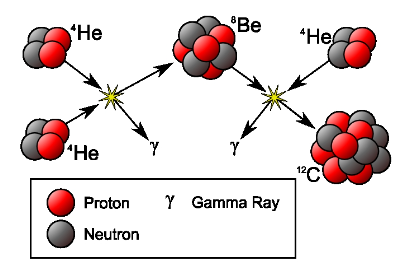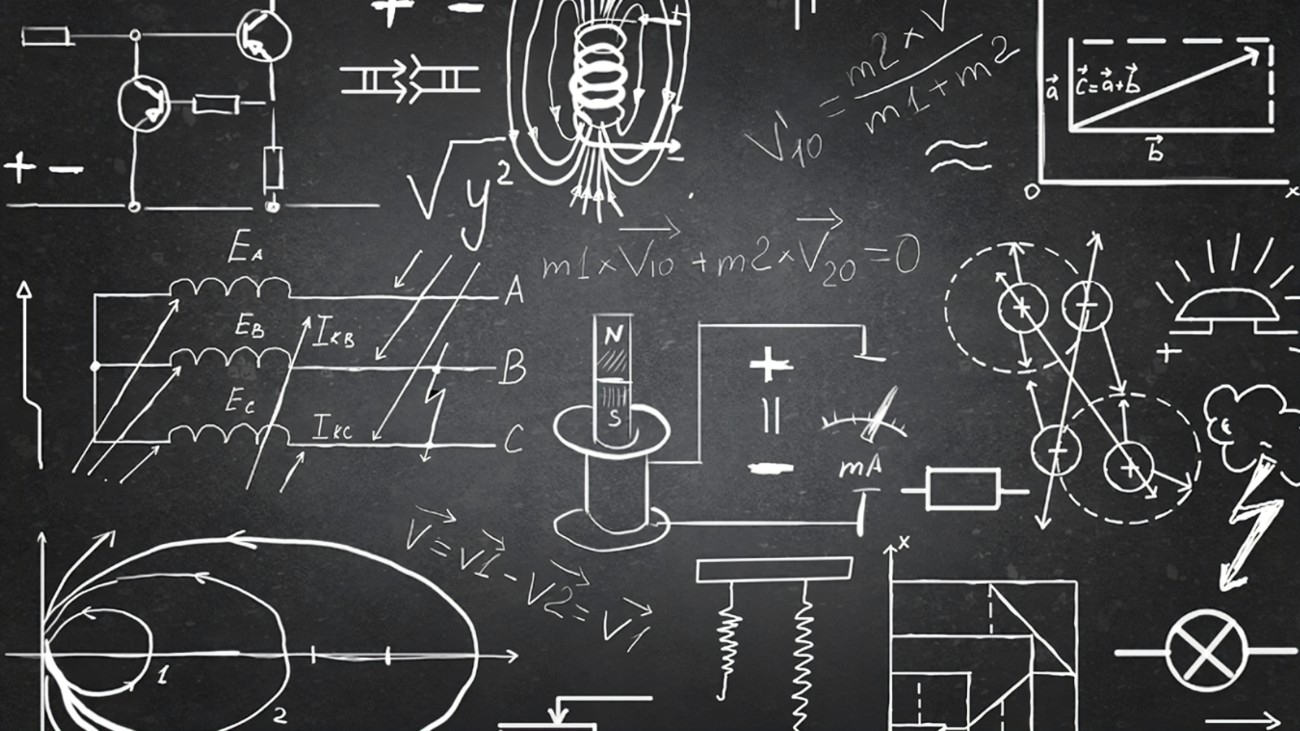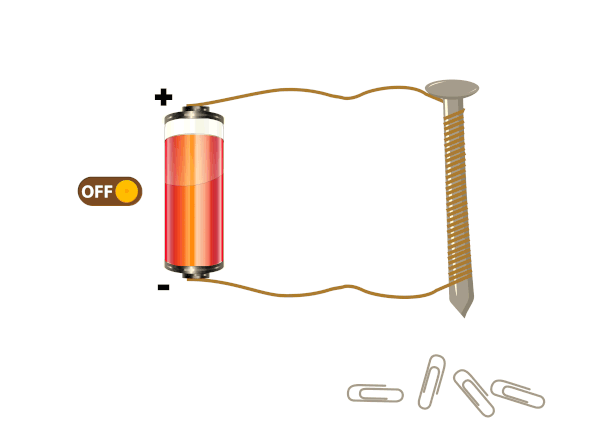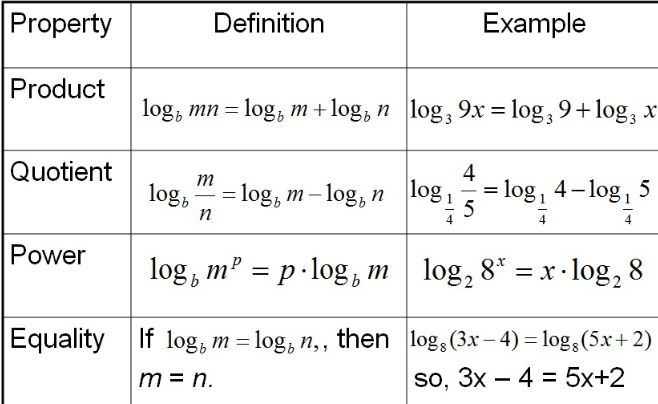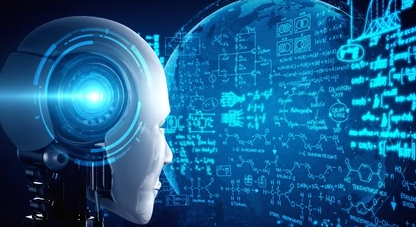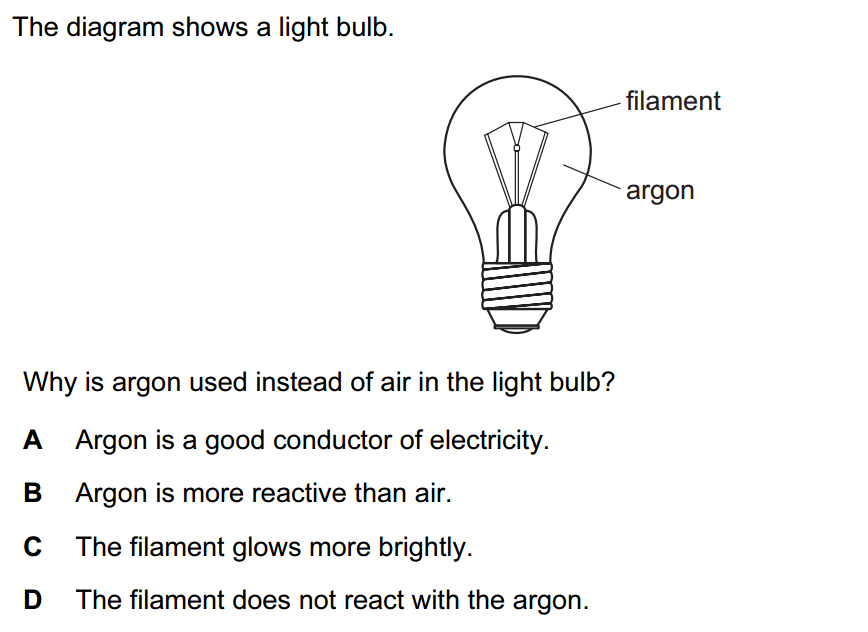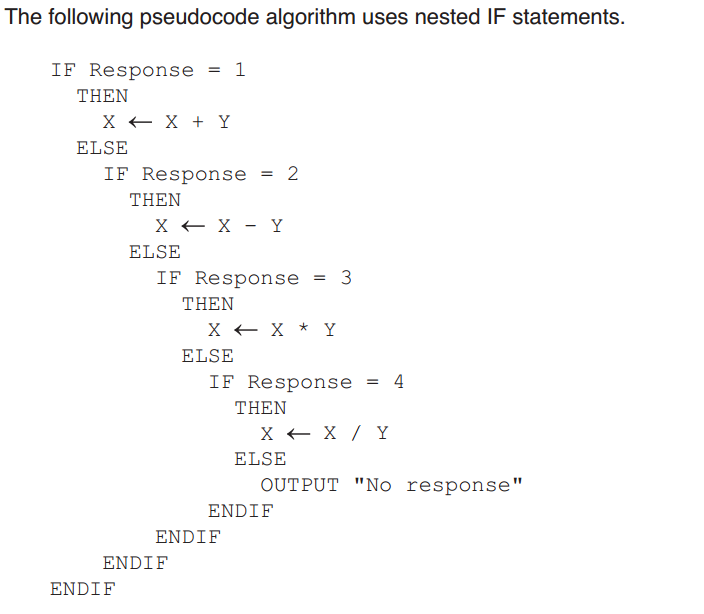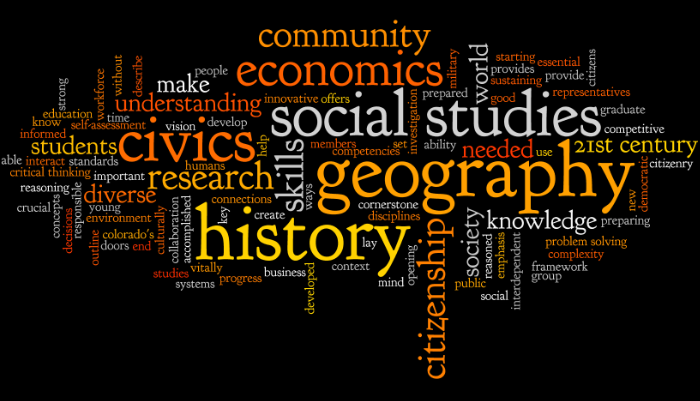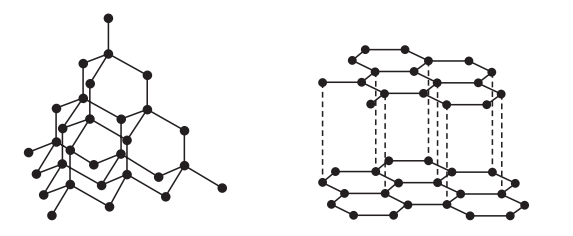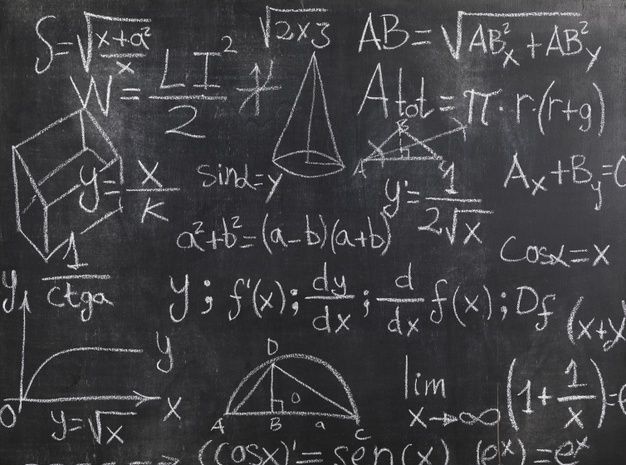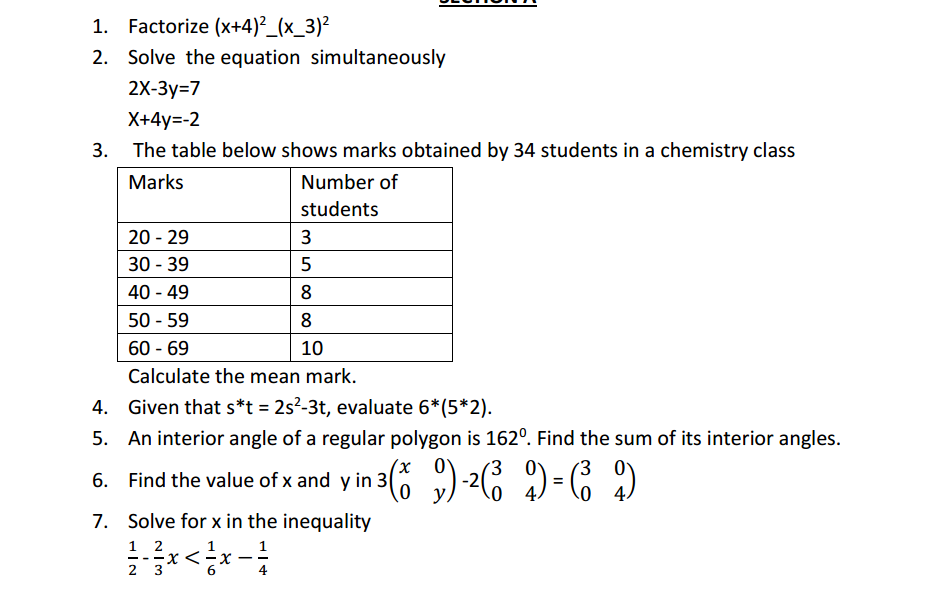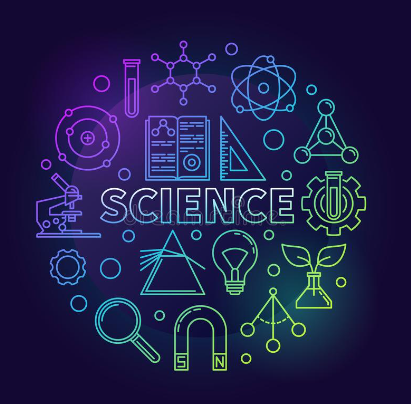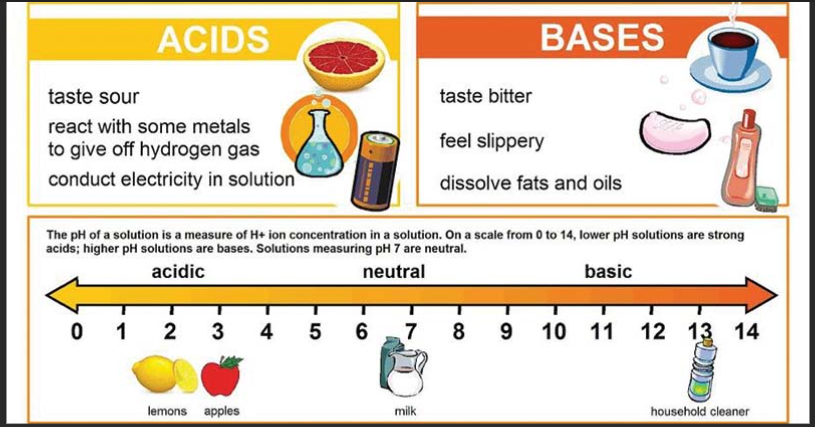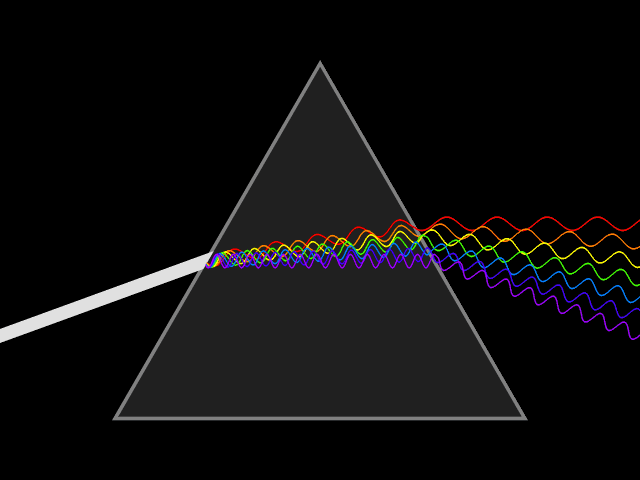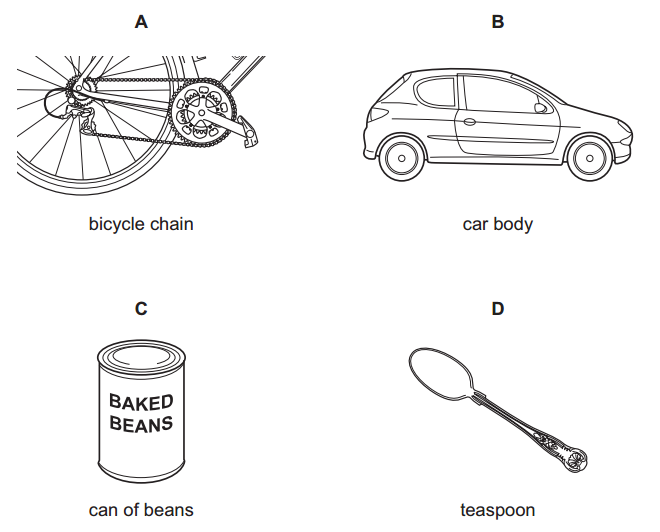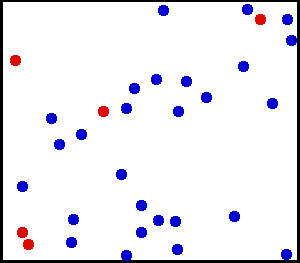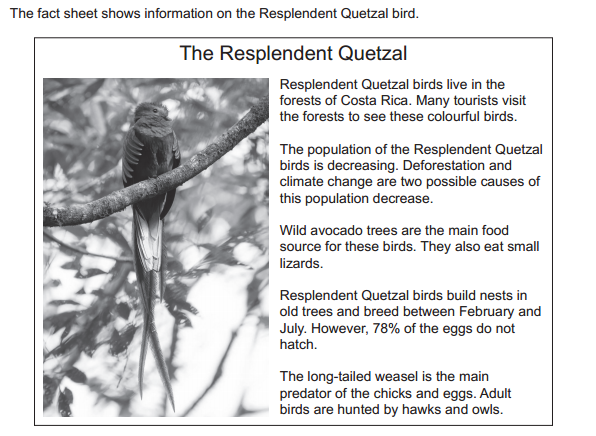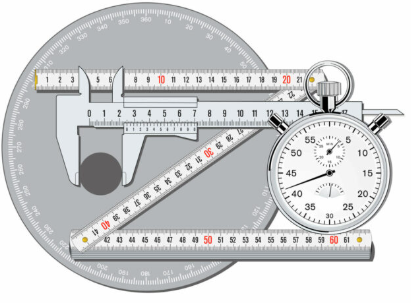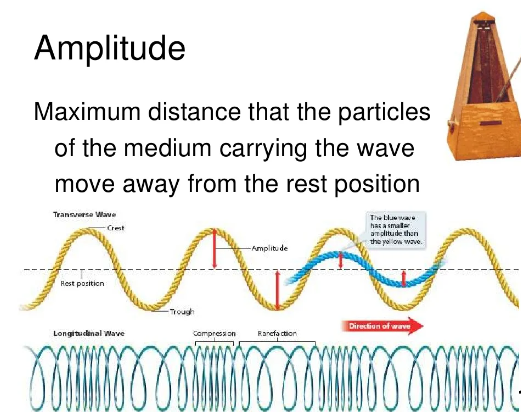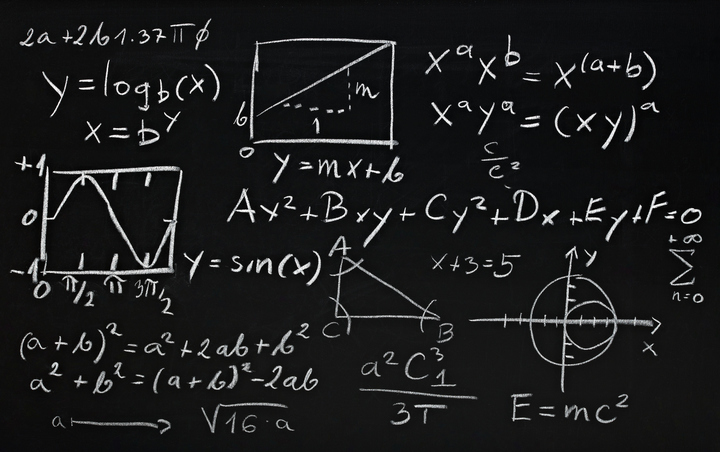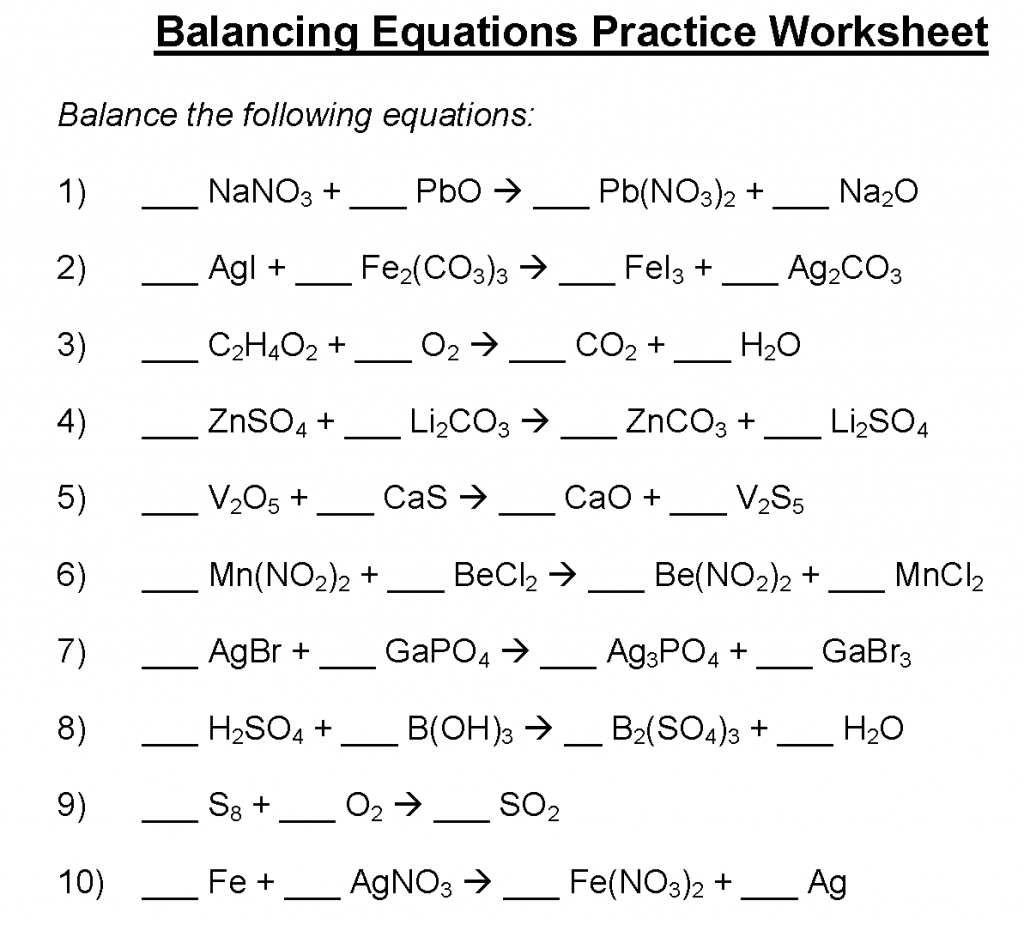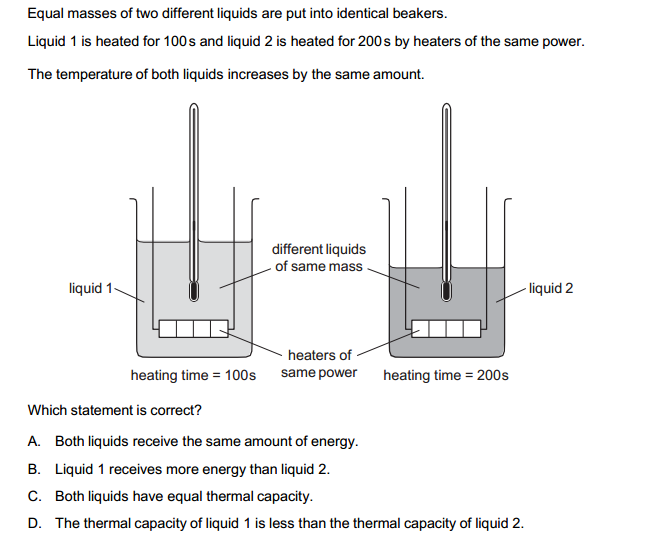Energy is the capacity to do work, and it comes in various forms. Here are some different types of energy and their applications in the real world:
- Mechanical Energy:
- Kinetic Energy: This is the energy of motion. It’s applied in countless real-world situations, such as moving vehicles, the generation of electricity in hydroelectric dams, and in sports like running and cycling.
- Potential Energy: This is stored energy based on an object’s position or state. Examples include a book on a shelf (gravitational potential energy), a compressed spring (elastic potential energy), and chemical potential energy stored in batteries.
- Thermal (Heat) Energy:
- Thermal energy is the internal energy present in a substance due to the motion of its atoms and molecules. It’s used in heating systems, cooking, and power generation in steam turbines, like those in power plants.
- Electrical Energy:
- Electrical energy is the energy associated with the movement of electrons. It’s the basis of almost all modern technologies, from lighting our homes to powering our electronic devices and industrial machinery.
- Chemical Energy:
- Chemical energy is stored in the bonds between atoms and molecules. It’s released during chemical reactions and is the basis for energy in fossil fuels like gasoline, as well as in batteries and food digestion in the human body.
- Nuclear Energy:
- Nuclear energy is released during nuclear reactions, such as nuclear fission (splitting of atoms) and nuclear fusion (combining of atomic nuclei). Nuclear power plants use fission to generate electricity.
- Electromagnetic (Radiant) Energy:
- This includes various forms of energy carried by electromagnetic waves, such as light, radio waves, and X-rays. It’s used in everything from communication systems (like radio and cell phones) to medical imaging (X-rays and MRI).
- Sound Energy:
- Sound energy is the movement of energy through substances in the form of pressure waves. Applications include music, public address systems, and ultrasound in medicine.
- Gravitational Energy:
- Gravitational energy is associated with an object’s position in a gravitational field. It’s harnessed in hydroelectric power generation, where water stored at an elevated position is allowed to fall, turning turbines and generating electricity.
- Elastic Energy:
- Elastic energy is stored in objects that can be stretched or compressed, like springs. It’s used in various mechanical devices, from door hinges to shock absorbers in vehicles.
- Hydraulic Energy:
- This is the energy associated with the movement of liquids under pressure. It’s used in hydraulic machinery and systems, such as car brakes and heavy machinery like bulldozers.
- Radiant Energy (Solar Energy):
- Solar energy is harnessed from the sun’s radiant energy through solar panels. It’s used for electricity generation, heating water, and more in solar power systems.
- Wind Energy:
- Wind energy is generated using the kinetic energy of moving air. Wind turbines convert this energy into electricity.
- Tidal Energy:
- Tidal energy is created by the gravitational pull of the moon and the sun on Earth’s oceans. It’s harnessed in tidal power plants to generate electricity.
- Geothermal Energy:
- Geothermal energy is derived from the Earth’s internal heat. It’s used for heating buildings, generating electricity, and providing hot water in geothermal power plants.
- Chemical Energy in Living Organisms:
- This type of energy is used by living organisms. In plants, it’s used for photosynthesis. In animals, it’s essential for biological processes and movement.
These are just a few examples of the various types of energy and their applications in the real world. Energy is a fundamental concept that underlies all aspects of our daily lives, from transportation and communication to heating and cooling our homes and powering our industries.


